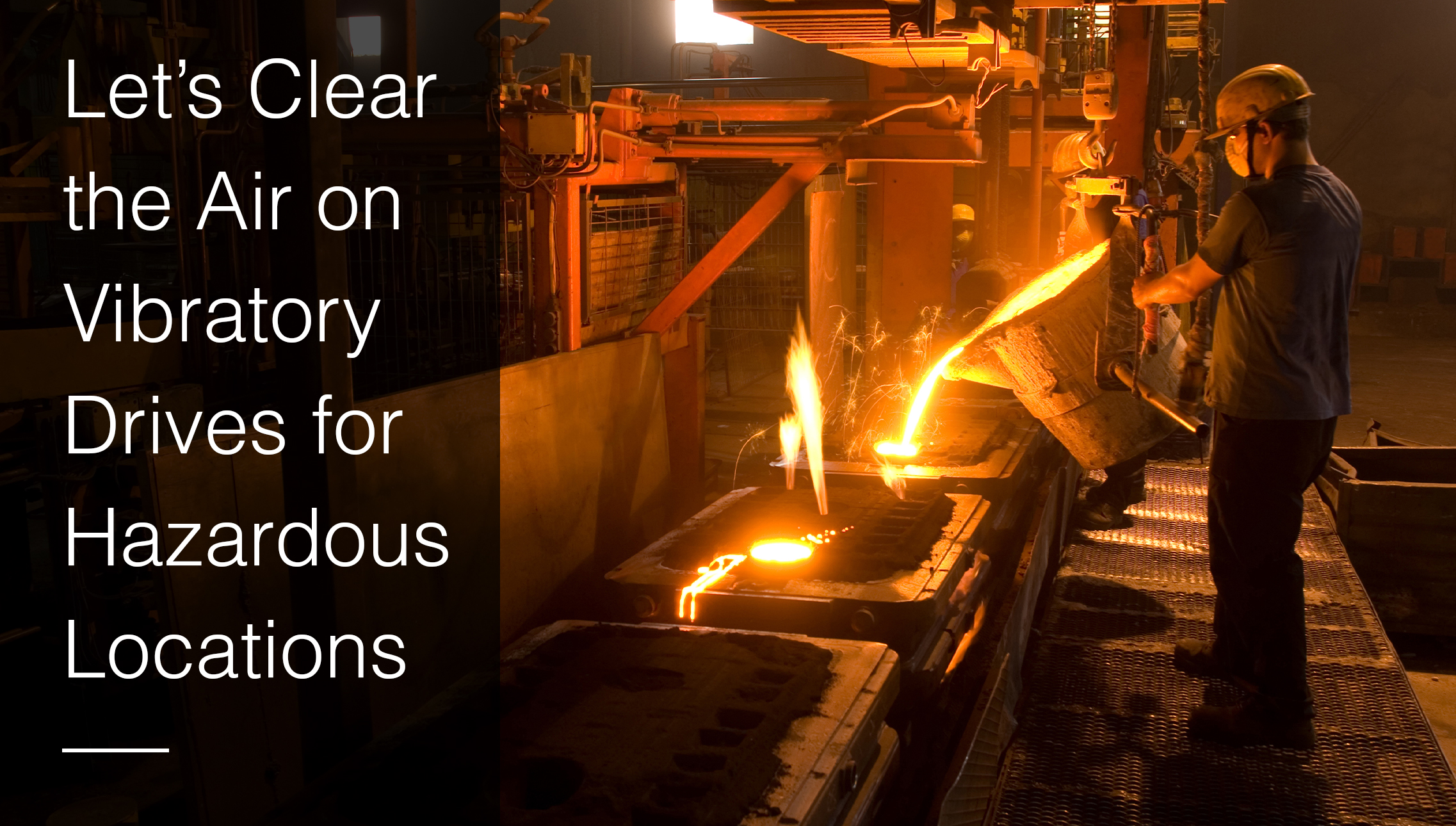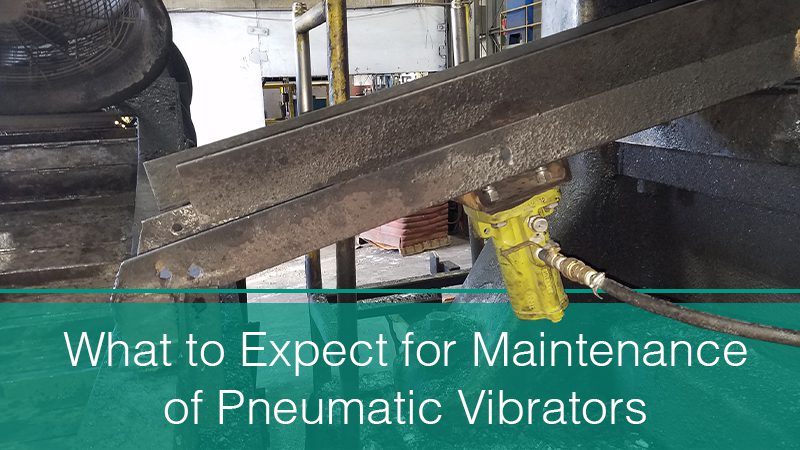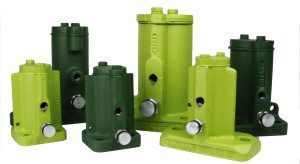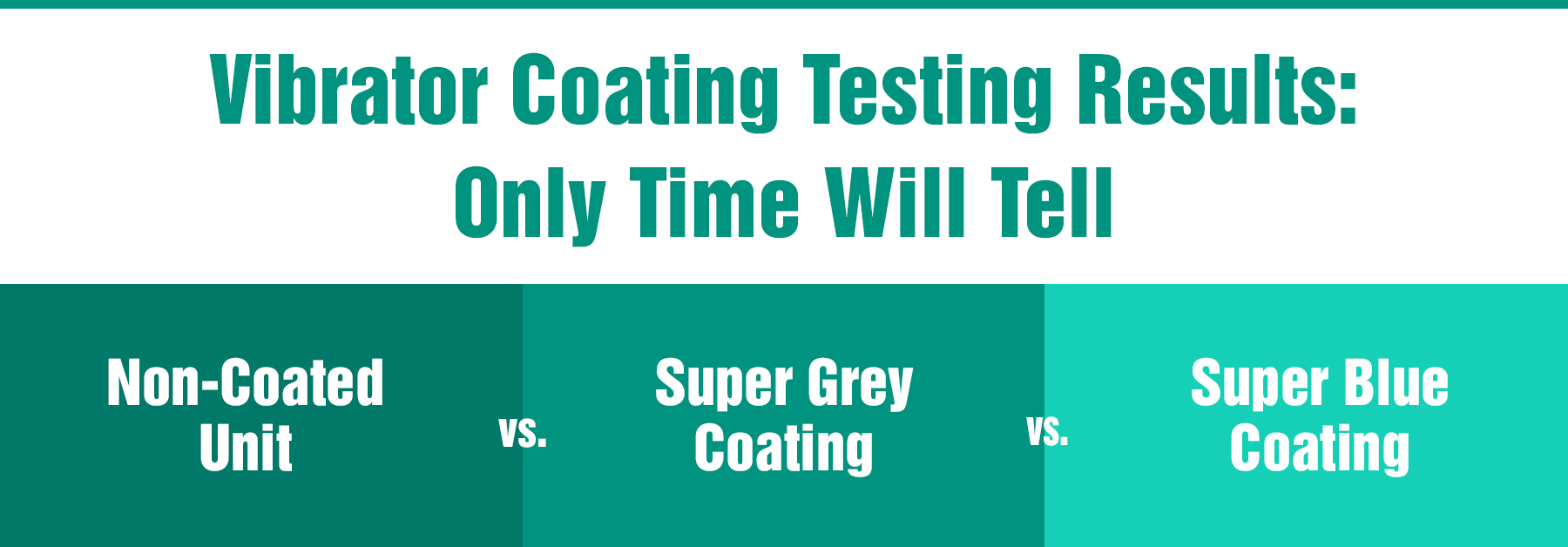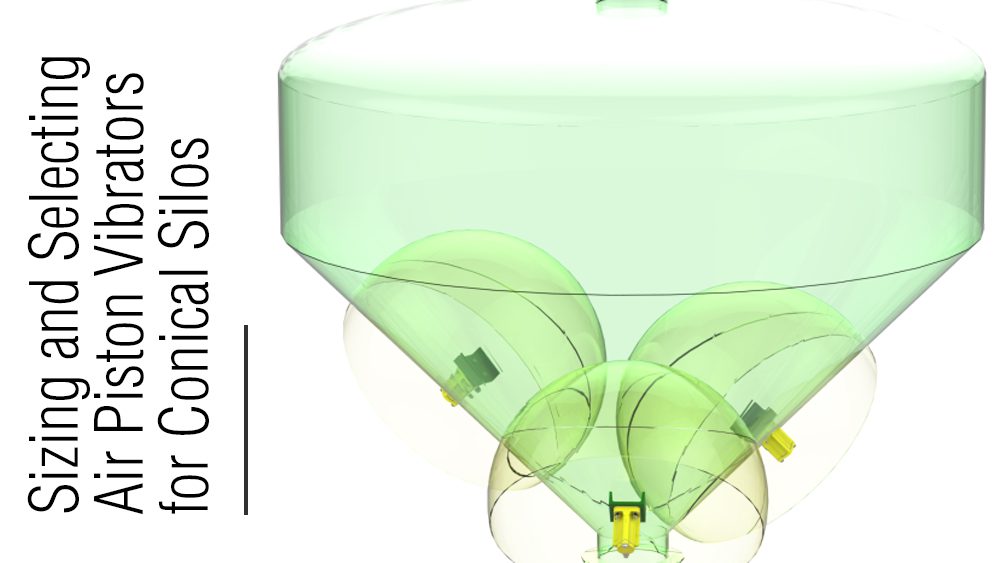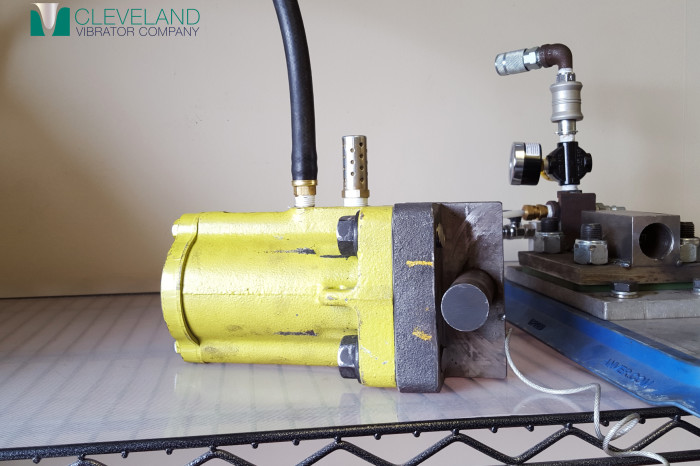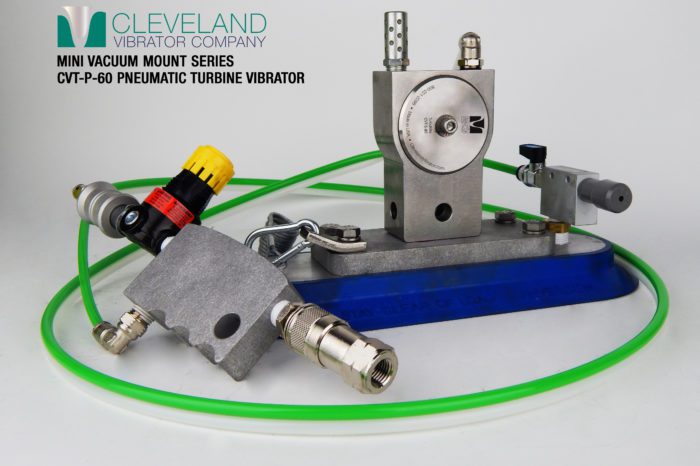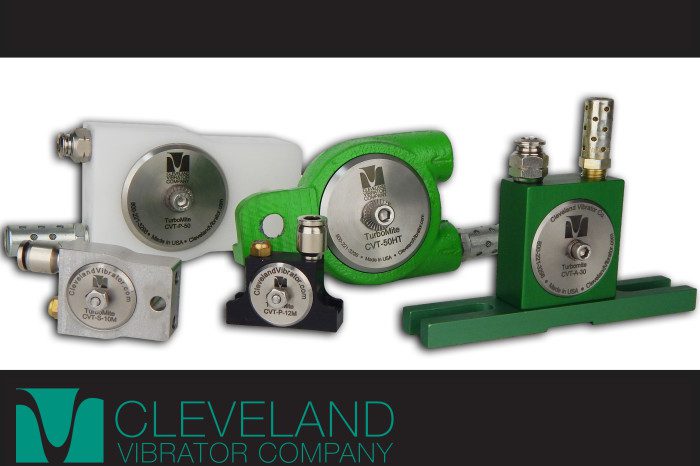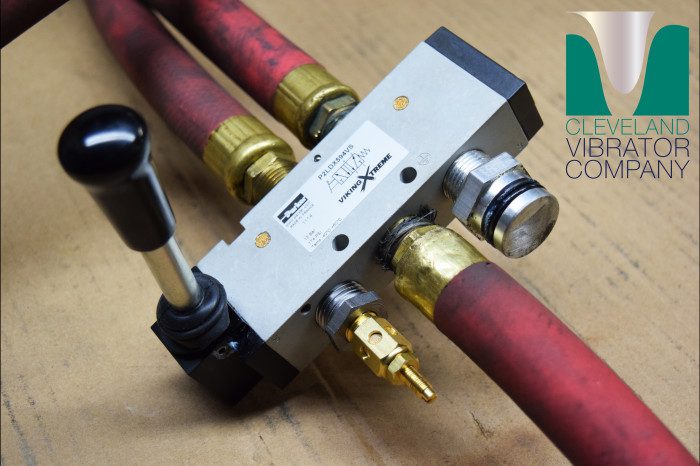4 Construction Features to Consider When Choosing Rotary Electric Vibrators for Vibratory Equipment or Material Flow Applications
By Craig Macklin
Have you ever had someone try to push you over from your side? I recall skiing with my big brother once when we were kids. We had gotten off the chair lift and were stopped at the top of a run, getting ready to head down. I was standing with skis closely together in parallel, hands off my poles as I adjusted my goggles. Big brother gave me a push on my shoulder from the side, perpendicular to the direction of my stance and skis. I tipped right over. There was nothing I could do about it. It was hilarious… at least it was to him and everyone watching me flail about wildly on my way down. Had I positioned my skis and stance wider and center of gravity lower, I could have avoided this embarrassing failure.
Such is as it is with Rotary Electric Vibratory Motors. Imagine for a moment that you have a long bar going right through your solar plexus and out of the middle of your back. Now that you are over that painful thought, imagine that at each end of the bar, there is a weight dangling from a rope and swinging around that bar. Those weights are pushing you in every direction perpendicular to your feet and stance. You are now a Rotary Electric Vibrator! Can’t quite get the mental picture? Check out the photo to the right to see what I am talking about. Read More…

Craig Macklin joined The Cleveland Vibrator Company in 2010. Although his prior experience is mired in the world of theoretical, intangible products and services such as software and consulting sales, the past 11 years have developed his passion for this industry and molded the vibration expert we know today. Now, as President and CEO, Craig has a deep understanding of the value and importance of industrial vibration to numerous industries and applications. He enjoys fine, locally roasted espresso, good food, and spending the day with his wife and two daughters. He has cried at multiple Browns and Indians games and likes to get outside and golf in his free time.
What’s his area of expertise, you ask? “Making sure the people on our team are better and smarter than I am.” – Craig Macklin
Share this blog post:


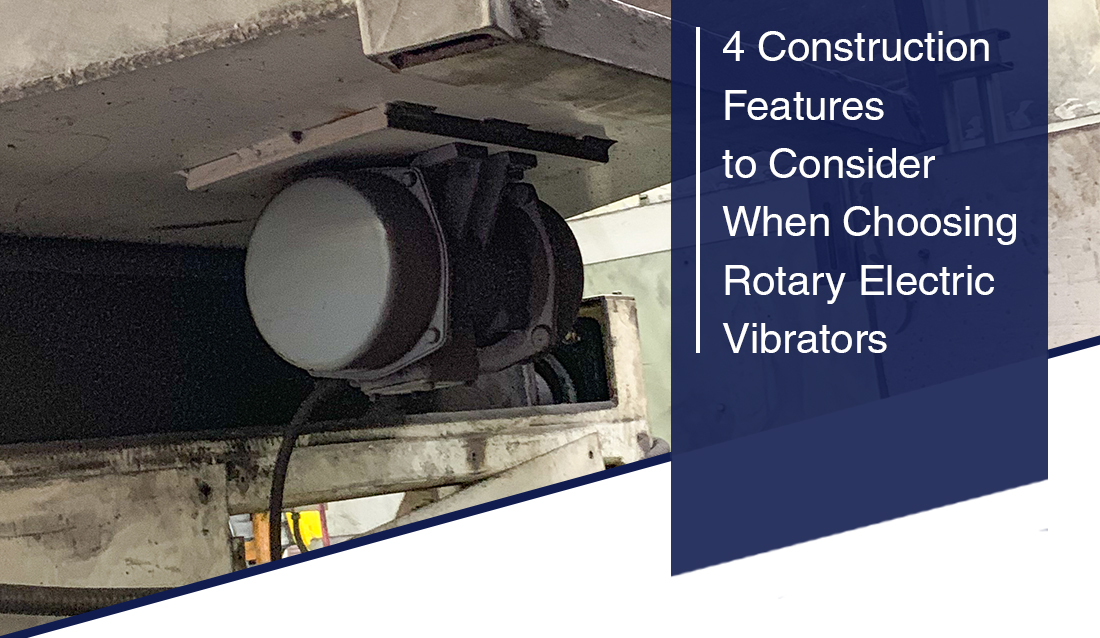
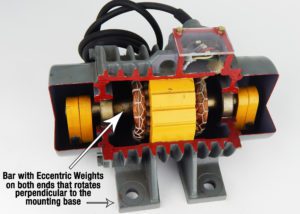
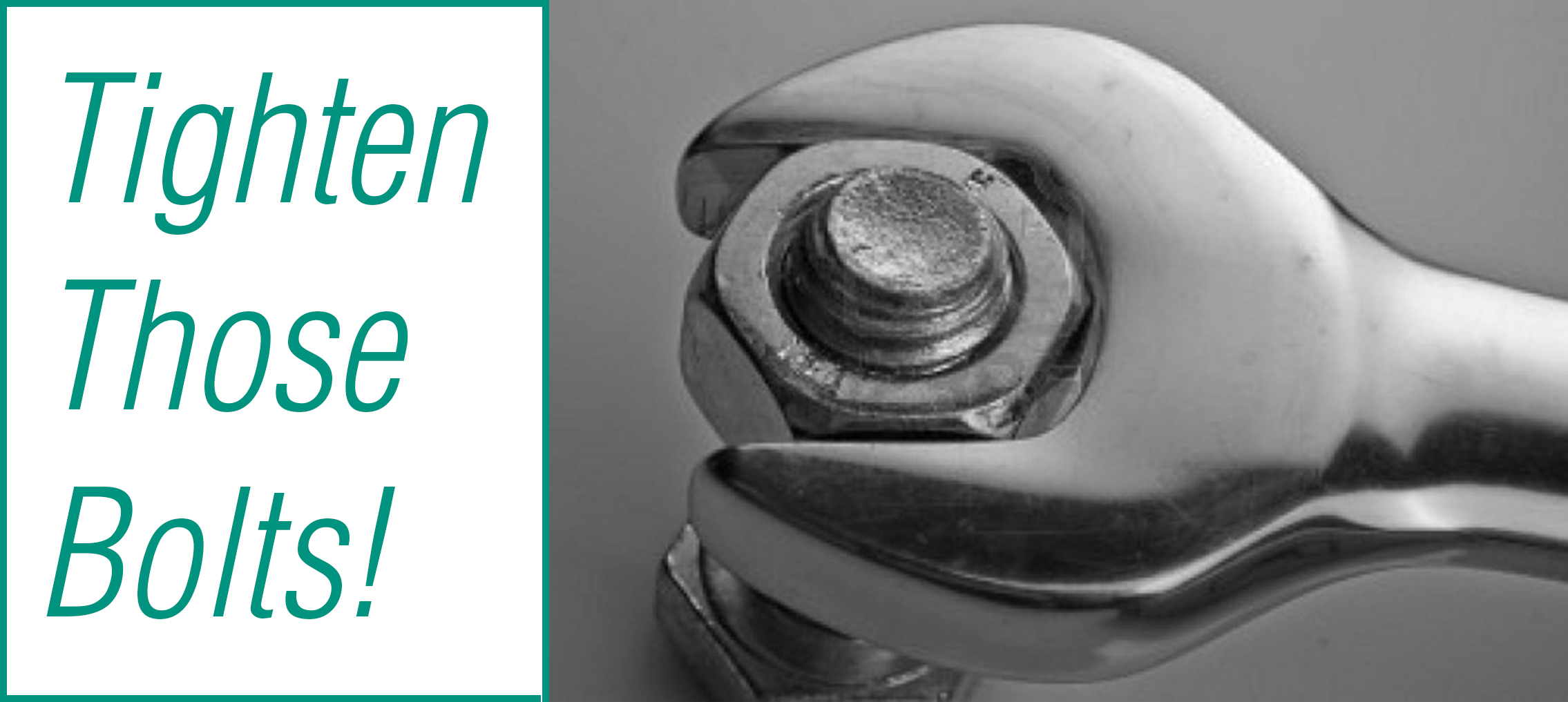
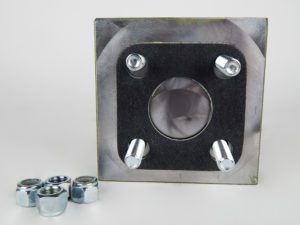 be rigidly bolted in place to allow for correction operation so that only the piston is moving inside the vibrator. If the bolts are loose, even slightly, the vibrator body will “rock” back and forth on the mounting channel. Once this starts happening, failures or seized pistons can happen.
be rigidly bolted in place to allow for correction operation so that only the piston is moving inside the vibrator. If the bolts are loose, even slightly, the vibrator body will “rock” back and forth on the mounting channel. Once this starts happening, failures or seized pistons can happen.
